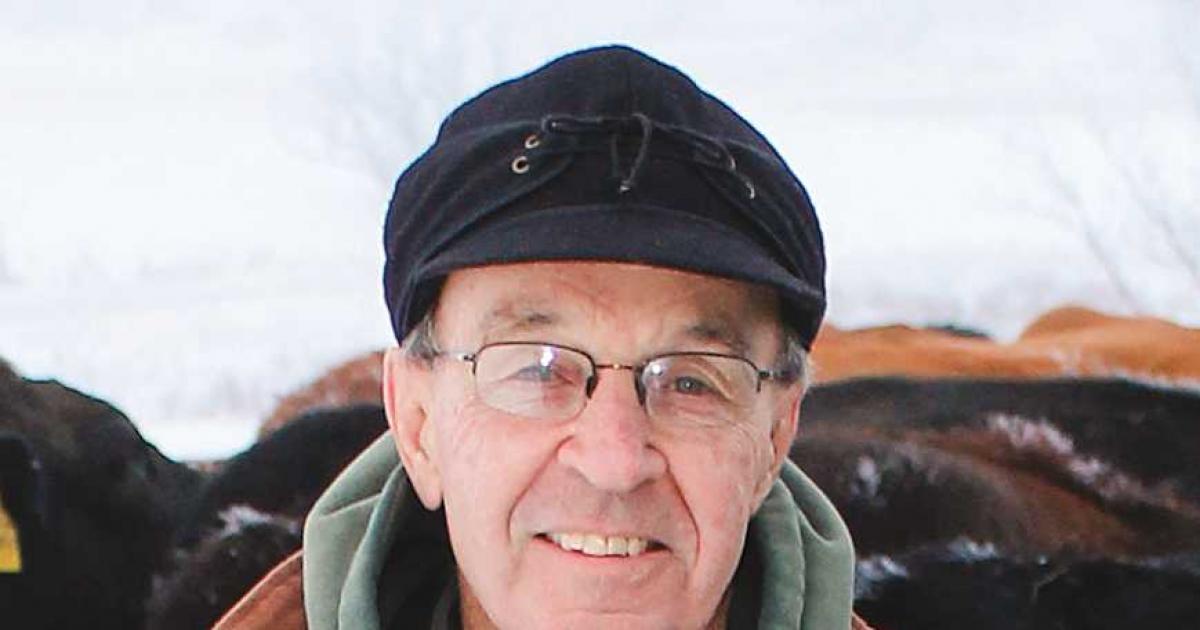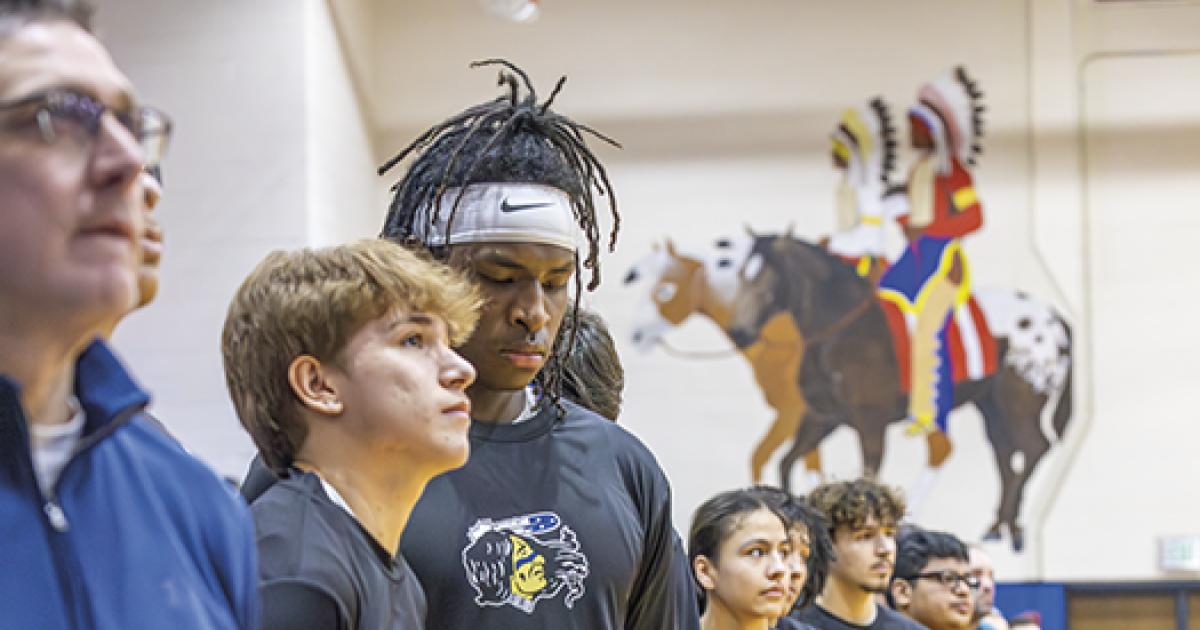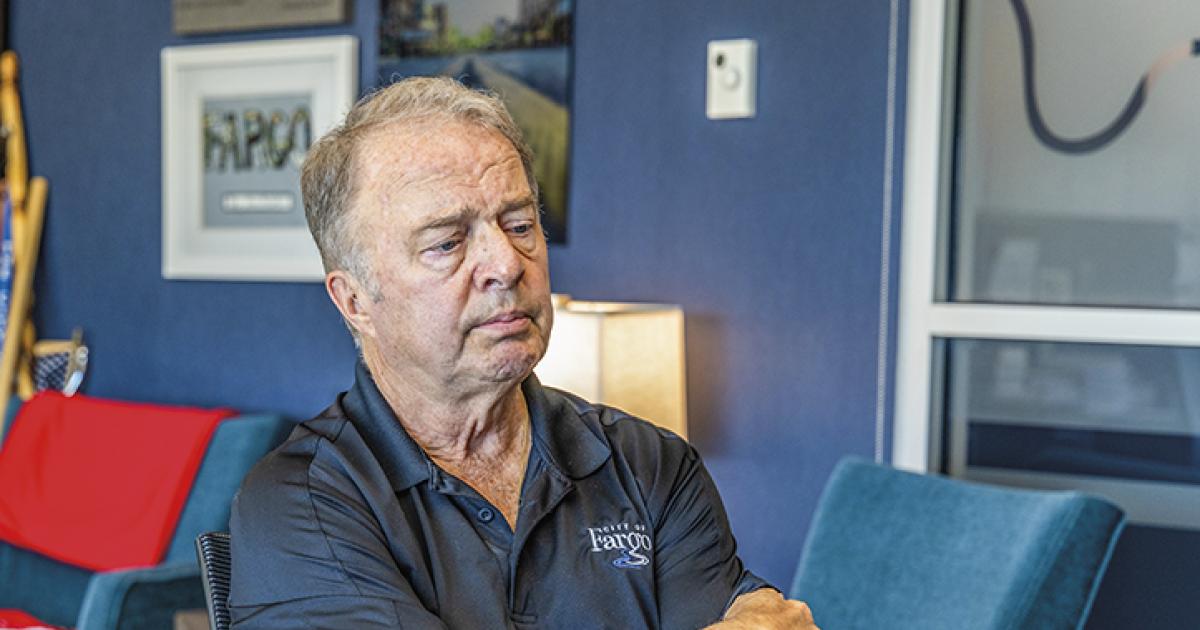The question posed to me and the other farmers and ranchers at the meeting was: “What is the greatest problem confronting your operation?” Our responses created a rather lengthy list. One response dealt with the inability to find good help, the shortage of labor.
Farming and ranching are not as labor-intensive as they once were, of course. Some producers were quick to adopt labor-saving devices that made life easier. My father was like that – buying what machines he could afford, so that he could expand his modest operation, while removing some of the hand labor. I was always amazed by how patient he was when those machines didn’t work as they were supposed to.
In 1955, Dad bought his first combine, a Cockshutt 30, pull-type. It had a 6-foot cutting sickle and a full-width canvas that carried the crop to a beater that was supposed to feed the crop into the machine. Often, though, the crop would wrap around that beater and Dad would work in 100-degree heat to get everything cleared. The combine was made in Canada and at one point, guys from the factory came to our farm to try to get the combine to work properly.
A couple of years earlier, Dad bought an International Harvester baler. But we always had problems with the knotters. Sometimes, it seemed, the baler missed more bales than it tied. From shade-tree mechanics to baler specialists, Dad got advice on how to get those knotters to tie knots. While we thought about pushing the baler over the side of a cliff somewhere, Dad’s response always was, “but it’s made to work,” and he’d keep adjusting the knotters.
I didn’t fully understand then. Operating the combine, with all its shortcomings, was still better than shocking grain and working on a threshing crew. And he could harvest by himself if he had to. And putting up hay with a baler that didn’t always work was a vast improvement over all those days Dad has spent on the “business end” of a pitchfork.
Being an early adopter of new technology can be rewarding, but also stressful. I’m sure dairy farmers with robotic milking systems have plenty of issues to deal with, but I’m confident none would go back to milking by hand.
Al Gustin is a retired farm broadcaster, active rancher and a member of Mor-Gran-Sou Electric Cooperative.










